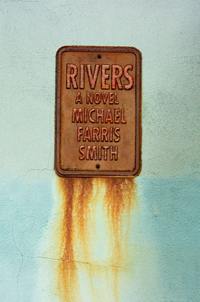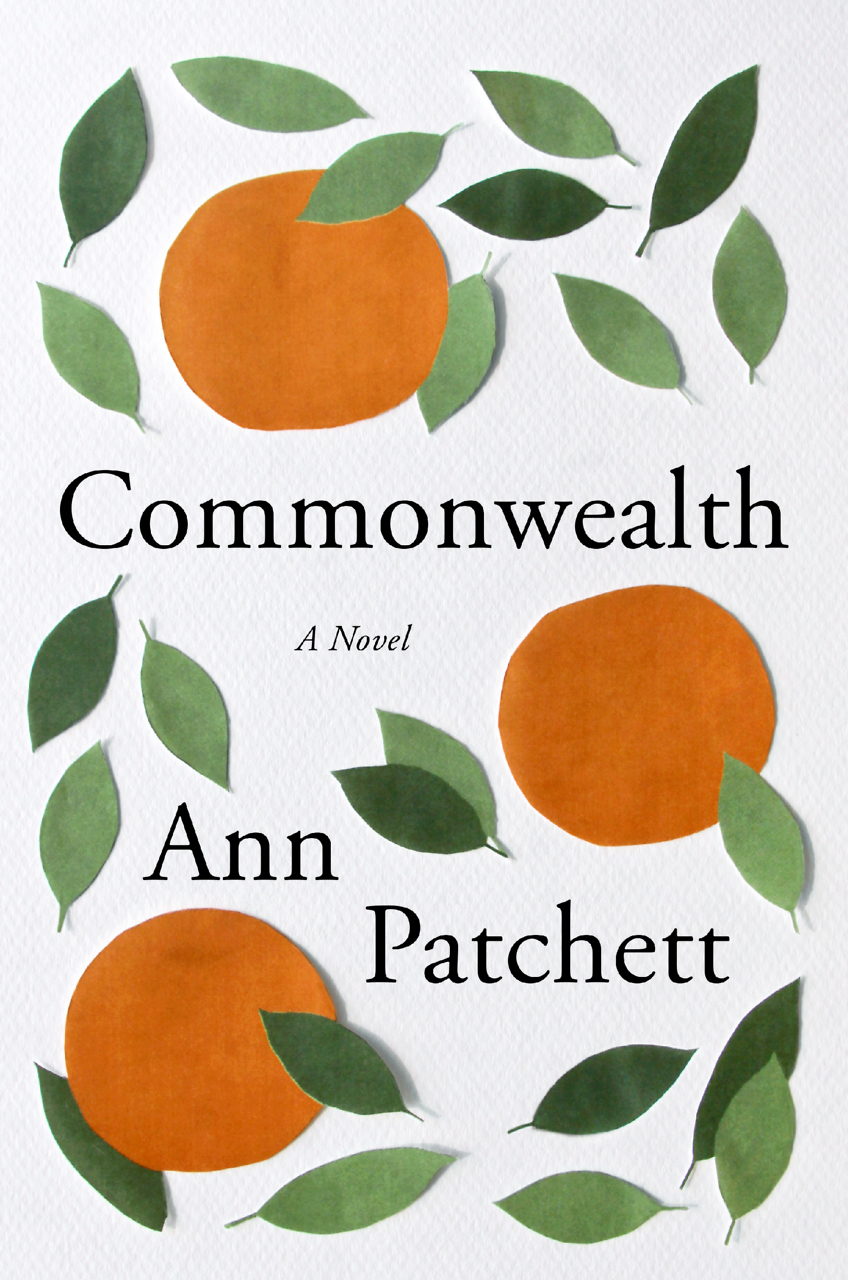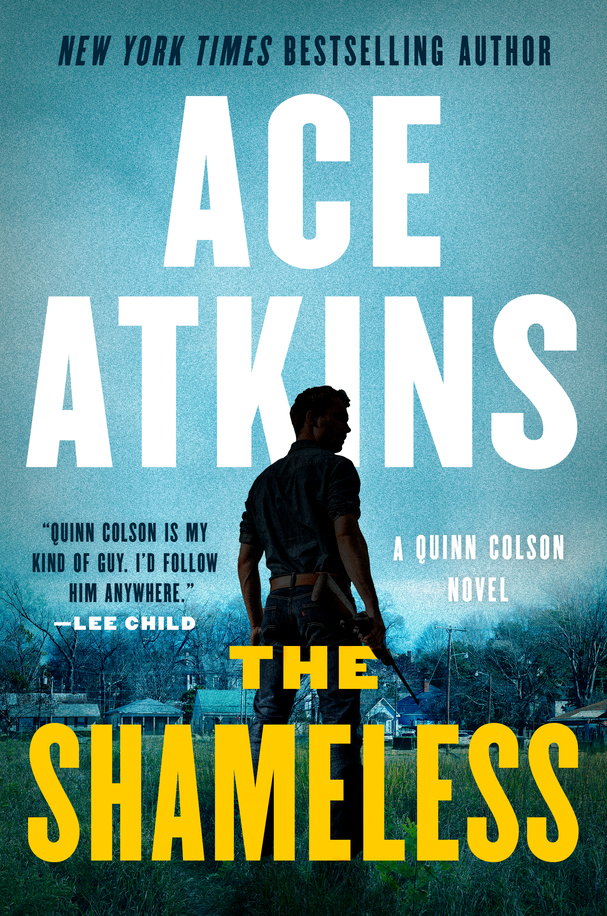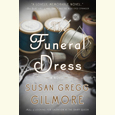Impossible Land
The characters in Michael Farris Smith’s Rivers search for refuge and hope in a storm-battered landscape
In Michael Farris Smith’s debut novel, Rivers, the world seems to be getting “badder all the time.” After an era of countless evacuations, storm destruction along the Gulf Coast reaches a cataclysmic state, and the U.S. government simply throws up its hands, officially abandoning a ninety-mile-deep region stretching northward from the coastline. Following a massive final evacuation, a Line is drawn: “a geographical boundary that said, We give up. The storms can have it.”
 In the nearly two years since that decision, life below the Line has become an ungoverned wilderness. It’s a world of washed-out roads and bridges, abandoned houses and casinos, emboldened predators, battering storms, and increasingly base human instincts. As the storms grow in severity, so does the desperation of the people who chose not to leave. Those who can hustle, ambush, and coerce have created small territories of power. Everyone else has learned to do what they must to survive. All of this might be unbearably bleak, if it weren’t for a small clutch of central characters who are so vivid and compelling that we get swept up in the swift current of their struggle for survival. The revelations and surprises come fast and thrilling, and Rivers is tough to put down.
In the nearly two years since that decision, life below the Line has become an ungoverned wilderness. It’s a world of washed-out roads and bridges, abandoned houses and casinos, emboldened predators, battering storms, and increasingly base human instincts. As the storms grow in severity, so does the desperation of the people who chose not to leave. Those who can hustle, ambush, and coerce have created small territories of power. Everyone else has learned to do what they must to survive. All of this might be unbearably bleak, if it weren’t for a small clutch of central characters who are so vivid and compelling that we get swept up in the swift current of their struggle for survival. The revelations and surprises come fast and thrilling, and Rivers is tough to put down.
Our guide through this world is Cohen, who chooses not to leave his land, where generations of his family have lived. Except for a stray horse and dog, he lives alone, consumed by memories of his pregnant wife, who was killed during a chaotic evacuation. Pounded by storms and the threat of human dangers, Cohen lives in a permanent state of conflict: “He didn’t move. There was betrayal and hope and fear and love and hurt and yesterday and today and tomorrow twisting around in his head like a bed of snakes striking against one another for supremacy.”
 Not far from Cohen, a con man named Aggie occupies a far darker place in the ruined landscape. “The kind of man who needed to be watched,” Aggie has a long history of manipulating people. Below the Line, he has attempted to build a perverse version of Noah’s Ark populated by lost souls he lures into his camp with the promise of shelter from storms and then subsequently holds against their will, or kills if they threaten his authority.
Not far from Cohen, a con man named Aggie occupies a far darker place in the ruined landscape. “The kind of man who needed to be watched,” Aggie has a long history of manipulating people. Below the Line, he has attempted to build a perverse version of Noah’s Ark populated by lost souls he lures into his camp with the promise of shelter from storms and then subsequently holds against their will, or kills if they threaten his authority.
Among Aggie’s captives is Mariposa, a Creole girl from the French Quarter. Raised by a family steeped in the arts of spirit-conjuring, Mariposa has always dwelled somewhere between reality and dreams. Now her imagination has become a powerful weapon, helping her survive a degrading life. She clings to that imagination, trying to push away the unspeakable things she has witnessed since her city’s final evacuation. She imagines escape, revenge, and the possibility that her family has survived. A central belief drives her: “I have people somewhere.”
When Cohen is thrust into conflict with Aggie, he faces a choice. Can he continue the life he has tried to defend against a host of threatening elements, or has the time come to seek a new life somewhere else? The vulnerable captives, including Mariposa, cannot make it to the Line by themselves, and despite Cohen’s attempts to live in isolation, his survival has become entangled with theirs.
On the face of it, Cohen’s group of refugees doesn’t seem likely to last long on the dangerous road north: “They were wet and worn but it didn’t seem to matter. Seemed like they had accepted that they were part of what came from the sky.” But through an endless barrage of peril from every conceivable source, the travelers find ways of soldiering onward. Their sense of purpose forges a compelling path, which in turn creates a compelling read.
No dates appear in Rivers, and Smith never states explicitly that the story takes place in a dystopian future. The book could simply be taking place in some brutal elsewhere—somewhere unreported and unmapped, certainly, but made from all the elements of our current world. Aggie’s captives are held in old, all-but-named FEMA trailers left over from previous storm recoveries but now held down with thick ropes and spikes driven into the earth, in defense against ever tougher waves of storms. Details like these lend the book’s alternate reality a worn-in sense of the past. As a result, Smith’s grim world is hauntingly plausible.
Cohen remains the hub of the novel. How we feel about him informs how we engage with such bleak circumstances. His actions are not always heroic, but because he is acting from dire, split-second necessity, his decisions not only make us loyal to him, but also make the complex fictional landscape of Rivers all the more believable on a human level. At times, we feel as though we too are huddled beneath a storm shelter, as close to Cohen as the loaded pistols, rolls of soggy hundred-dollar bills, and small battered morsels of hope he grips tightly, braving another “impossible night in this impossible land.”
Michael Farris Smith will discuss Rivers at the Southern Festival of Books October 11-13, 2013. All festival events are free and open to the public.


